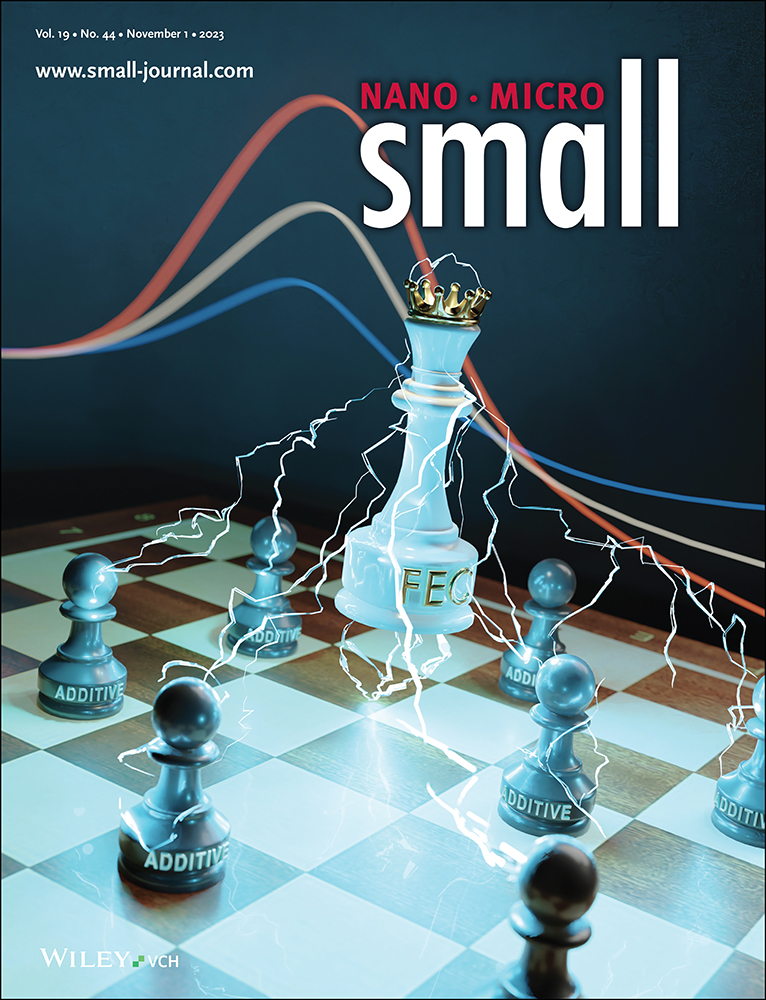Strong, Tough, and Anti-Swelling Supramolecular Conductive Hydrogels for Amphibious Motion Sensors
Abstract
Conductive polymer hydrogels (CPHs) are widely employed in emerging flexible electronic devices because they possess both the electrical conductivity of conductors and the mechanical properties of hydrogels. However, the poor compatibility between conductive polymers and the hydrogel matrix, as well as the swelling behavior in humid environments, greatly compromises the mechanical and electrical properties of CPHs, limiting their applications in wearable electronic devices. Herein, a supramolecular strategy to develop a strong and tough CPH with excellent anti-swelling properties by incorporating hydrogen, coordination bonds, and cation-π interactions between a rigid conducting polymer and a soft hydrogel matrix is reported. Benefiting from the effective interactions between the polymer networks, the obtained supramolecular hydrogel has homogeneous structural integrity, exhibiting remarkable tensile strength (1.63 MPa), superior elongation at break (453%), and remarkable toughness (5.5 MJ m−3). As a strain sensor, the hydrogel possesses high electrical conductivity (2.16 S m−1), a wide strain linear detection range (0–400%), and excellent sensitivity (gauge factor = 4.1), sufficient to monitor human activities with different strain windows. Furthermore, this hydrogel with high swelling resistance has been successfully applied to underwater sensors for monitoring frog swimming and underwater communication. These results reveal new possibilities for amphibious applications of wearable sensors.
Conflict of Interest
The authors declare no conflict of interest.
Open Research
Data Availability Statement
The data that support the findings of this study are available from the corresponding author upon reasonable request.




